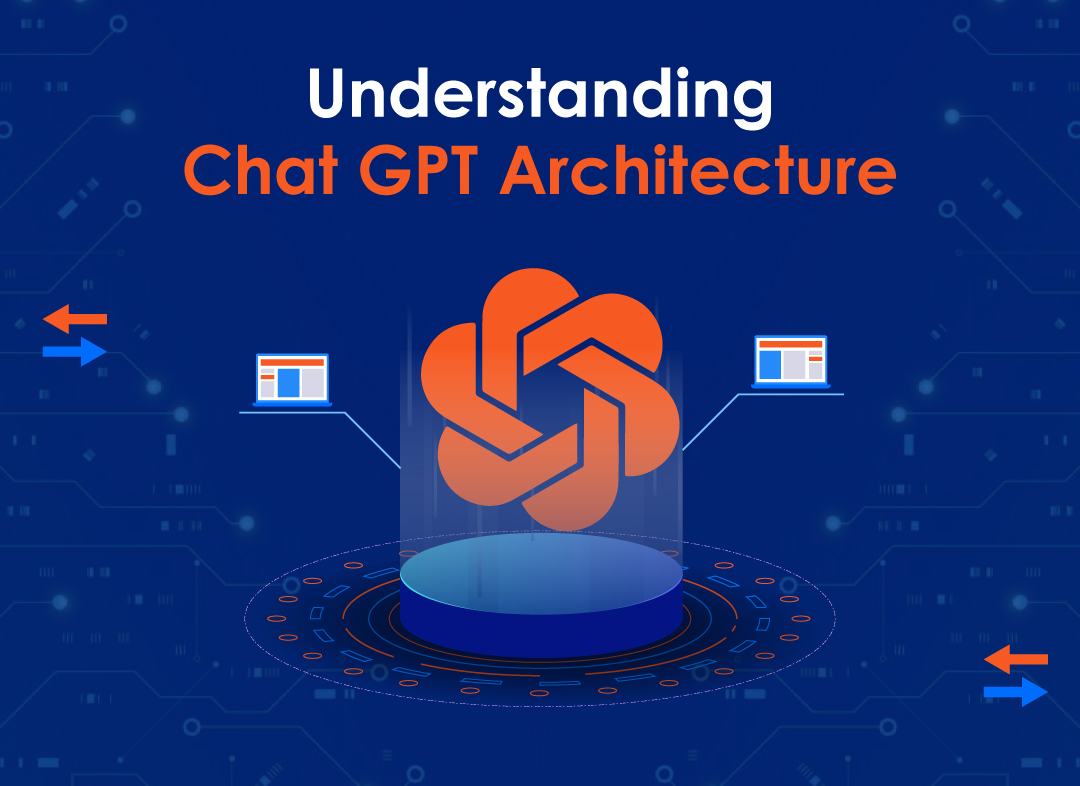How to Make Your Own GPT: A Step-by-Step Guide
Creating your own Generative Pre-trained Transformer (GPT) model can be an intriguing yet complex endeavor. GPT models have revolutionized natural language processing (NLP) with their ability to generate human-like text and comprehend language contextually. If you’re passionate about delving into the depths of machine learning and wish to embark on the journey of crafting your personalized GPT model, this step-by-step guide will assist you in navigating through this intricate process.
Understanding GPT and its Architecture
Before delving into the creation process, it’s crucial to comprehend what GPT is and its underlying architecture. GPT is a transformer-based model that utilizes attention mechanisms to process sequential data, particularly text. The architecture consists of multiple layers of self-attention mechanisms and feed-forward neural networks. The pre-training process involves exposing the model to vast amounts of text data to learn the relationships between words and sentences.

Step 1: Define Your Objectives and Resources
The primary goal behind crafting the GPT model was to develop an advanced language AI capable of comprehending, generating, and interacting with human language at a sophisticated level, with an intended scale encompassing billions of parameters, utilizing extensive datasets from diverse sources for training. To achieve this, a robust computational infrastructure, including high-performance GPUs or TPUs, was vital to efficiently handle the intricate computations inherent in training and optimizing such expansive language models.
Step 2: Gather Training Data
Acquire a substantial amount of diverse, high-quality text data for training your GPT model. This data can be sourced from books, articles, websites, or any text corpora relevant to your intended application. Ensure that the data is clean, free from biases, and encompasses a wide range of topics and writing styles.
Step 3: Preprocess and Tokenize the Data
Prepare the acquired text data by preprocessing and tokenizing it into smaller units (tokens). This involves cleaning the text, removing irrelevant characters, tokenizing sentences into words or subword units, and encoding them into numerical representations that the model can understand.
Step 4: Choose a Framework and Model Architecture
The chosen deep learning framework will be PyTorch, implementing a customized GPT variant with 24 layers, 1024 hidden units, and 16 attention heads, striking an optimal balance between computational capacity and model size for the intended task at hand.

Step 5: Build and Train the GPT Model
Utilize the specified GPT framework to instantiate the model, initializing its parameters, and commence the training regimen with preprocessed and tokenized data; note that training a GPT model is resource-intensive, potentially spanning days or weeks due to its size and the volume of data involved.
Step 6: Fine-Tuning and Evaluation
After the initial training, fine-tune the model on specific tasks or domains if needed. Evaluate the model’s performance using metrics relevant to your application, such as perplexity for language modeling or accuracy for downstream tasks like text generation or classification.
Step 7: Deploy and Iterate
Once satisfied with the model’s performance, deploy it for inference on new data or integrate it into your desired application. “Perpetually evolving, the model undergoes iterative refinement, absorbing fresh data and embracing novel methodologies to amplify its prowess.”
Conclusion
Creating your own GPT model is a challenging yet rewarding endeavor that requires a deep understanding of machine learning concepts, access to substantial computational resources, and a vast amount of high-quality training data. By following these steps and staying updated with the latest advancements in NLP, you can embark on this journey to craft your personalized GPT model and contribute to the evolution of natural language processing technology.
Read More:- 10 THOUGHTFUL QUESTIONS FOR PARENTS TO ASK DURING PARENT-TEACHER MEETINGS
Read More:- Navigating the Intellectual Odyssey: Unveiling the KVPY Exam




